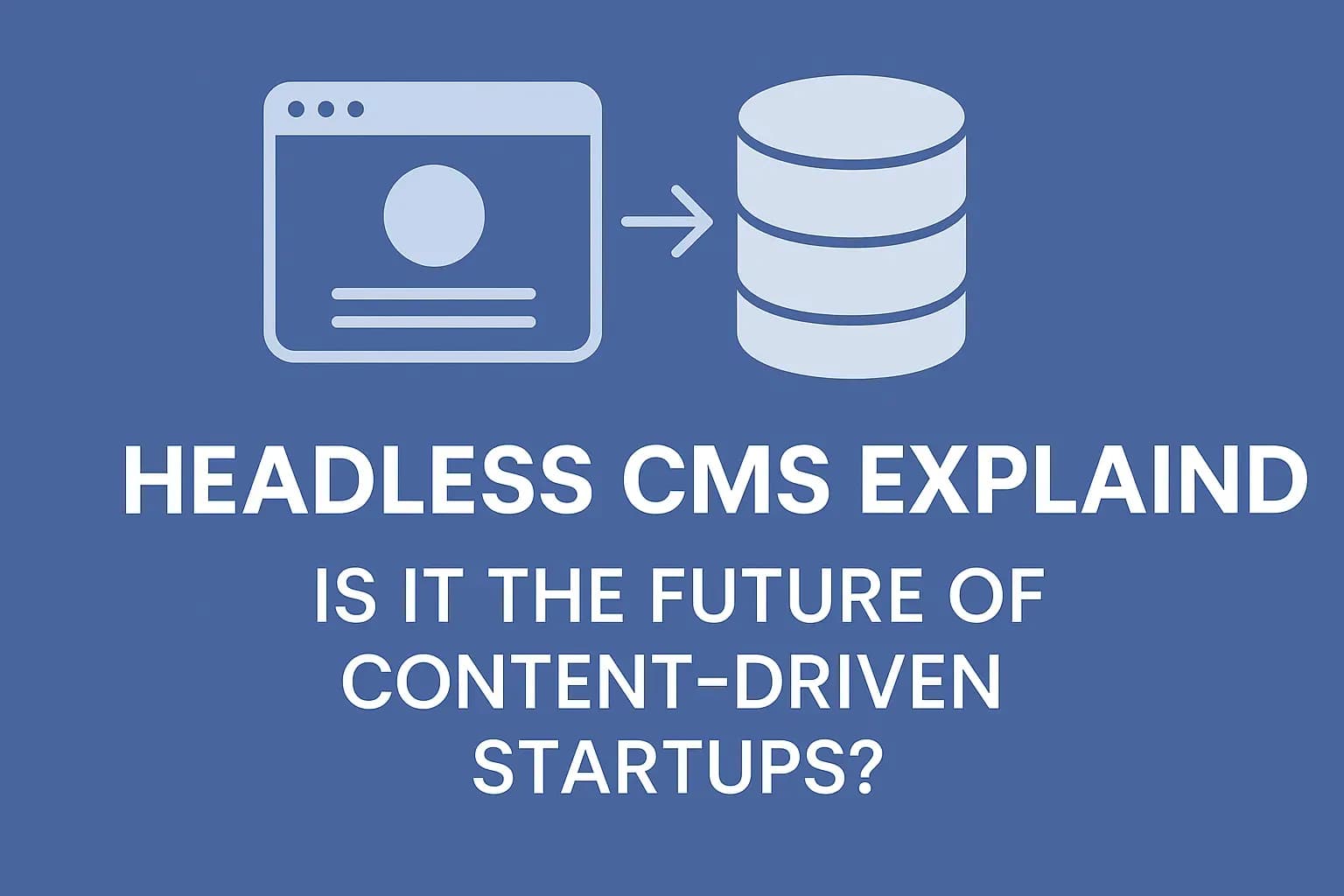Headless CMS Explained: Is It the Future of Content-Driven Startups?
In the rapidly evolving digital landscape, startups are constantly seeking agile and scalable solutions to manage and deliver content across multiple platforms. Traditional content management systems (CMS) often fall short in meeting these dynamic needs, leading to the rise of headless CMS as a revolutionary approach to content management.
What Is a Headless CMS?
A headless CMS is a backend-only content management system that decouples the content repository ("body") from the presentation layer ("head"). Unlike traditional CMS platforms like WordPress or Joomla, which intertwine content creation and presentation, a headless CMS delivers content via APIs, allowing developers to present it across various platforms—websites, mobile apps, IoT devices, and more. See Here
Key Advantages for Startups
Omnichannel Content Delivery
With consumers engaging across diverse platforms, from smartphones to smartwatches, delivering consistent content is crucial. A headless CMS enables seamless content distribution across all these channels from a single source.Frontend Flexibility
Developers are free to use their preferred frontend frameworks (React, Vue, Angular, etc.), fostering innovation and rapid development without being constrained by the CMS's built-in templates.Enhanced Performance and Scalability
By serving content through APIs, headless CMS platforms often result in faster load times and better scalability, essential for startups anticipating rapid growth.Improved Security
Separating the frontend from the backend reduces the attack surface, enhancing the overall security posture of the application.Future-Proofing Content Strategy
As new platforms and devices emerge, a headless CMS allows startups to adapt quickly without overhauling their entire content management system.
Potential Challenges
Increased Development Effort: Implementing a headless CMS requires a skilled development team to build and maintain the presentation layer. techtarget.com
Lack of Built-in Preview: Content editors might find it challenging to preview content without a predefined frontend. wikipedia
Complexity in Setup: The initial setup can be more complex compared to traditional CMS platforms, potentially increasing time to market.
Is It the Future for Content-Driven Startups?
For startups aiming to deliver content-rich experiences across multiple platforms, a headless CMS offers unparalleled flexibility and scalability. While it introduces certain complexities, the long-term benefits in adaptability and performance make it a compelling choice for forward-thinking startups.
